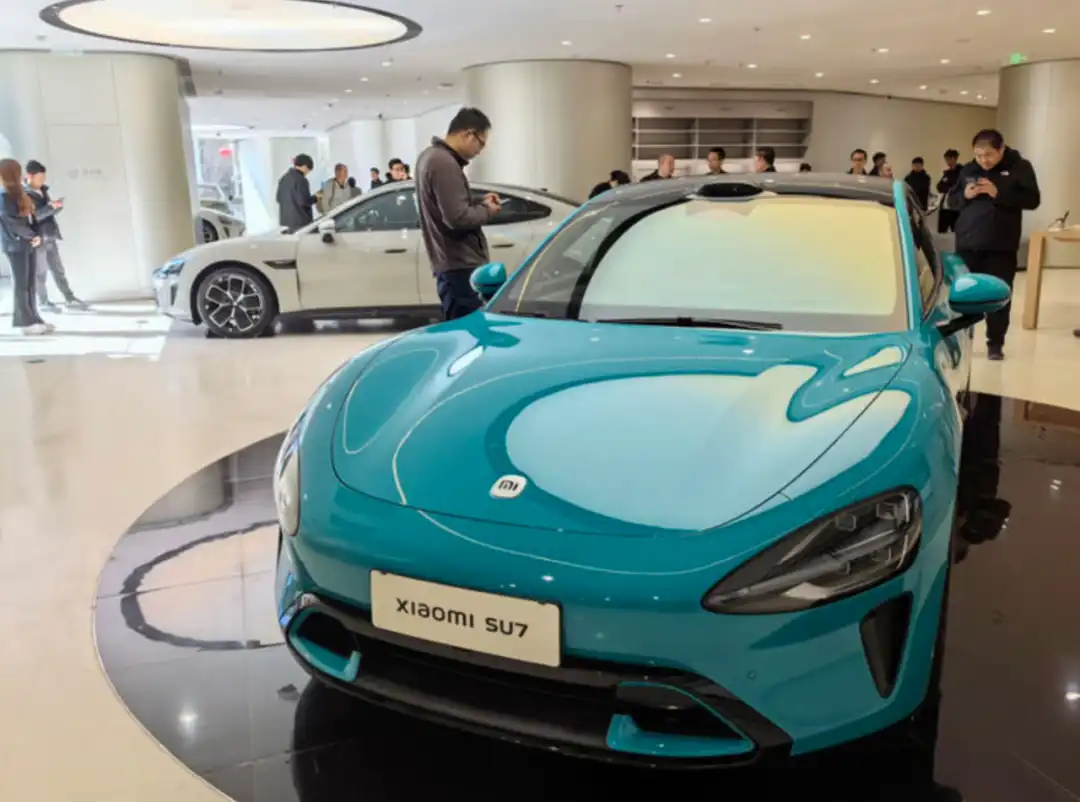The Central Bank and the General Administration of China relaxes the down payment ratio of car loans. Financial institutions have the final say
The People's Bank of China and the State Financial Supervision and Administration Administration have recently adjusted policies related to auto loans. Among them, the adjustment of loans for self-use traditional power vehicles and self-use new energy vehicles is independently determined by financial institutions, and the maximum loan issuance ratio can reach 100%.
On April 3, I learned from the People's Bank of China that the People's Bank of China and the State Financial Supervision and Administration recently jointly issued a notice to adjust policies related to auto loans. According to the notice, the maximum loan ratio for self-use traditional power vehicles and self-use new energy vehicles will be adjusted from the original 80% and 85% to be independently determined by financial institutions.
In order to promote the trade-in of old cars and support the promotion of automobile consumption, the People's Bank of China and the State Administration of Financial Supervision jointly issued the "Notice on Adjusting Relevant Policies on Automobile Loans" to optimize the maximum proportion of automobile loans and increase financial support for automobile trade-in scenarios.
The notice clarifies that the maximum loan issuance ratio for self-use traditional power vehicles and self-use new energy vehicles shall be determined independently by financial institutions; the maximum loan issuance ratio for commercial traditional power vehicles is 70%, and the maximum loan issuance ratio for commercial new energy vehicles is 75%. The maximum loan issuance ratio for used cars is 70%.
According to industry insiders, according to previous documents, the maximum loan issuance ratio for self-use traditional power vehicles and self-use new energy vehicles is 80% and 85% respectively. This notice adjusts this ratio to be independently determined by financial institutions, and the maximum loan issuance ratio can reach 100%, that is, the full payment is paid according to the price of the purchased car. The maximum loan issuance ratio for commercial traditional power vehicles, commercial new energy vehicles, and used cars remains unchanged from before.


▲ On March 28, in a Xiaomi car retail store in Beijing, consumers were learning about Xiaomi SU7 cars. Photo by Xinhua Agency reporter Ju Huanzong
The notice also proposes to encourage financial institutions to combine new, used, and car trade-in scenarios such as new cars, used cars, and car trade-in, to strengthen innovation in financial products and services, and appropriately reduce or exempt the liquidated damages arising from early settlement of loans during the car trade-in process.
In the next step, the People's Bank of China and the State Administration of Financial Supervision will guide financial institutions to implement the notice requirements, increase financial support, and better support reasonable automobile consumption demand.
